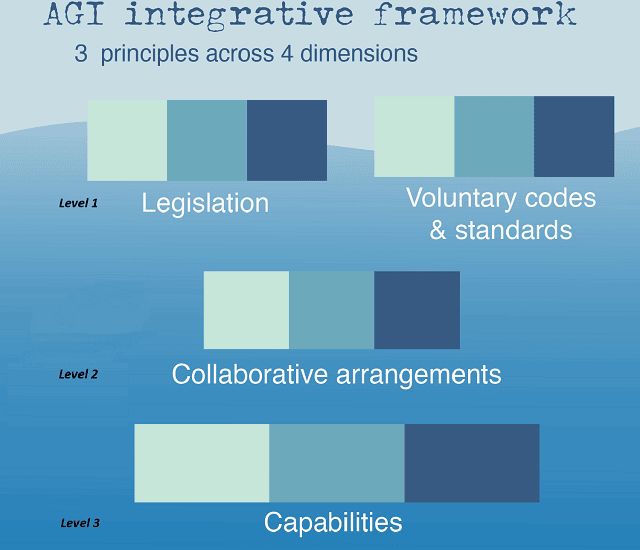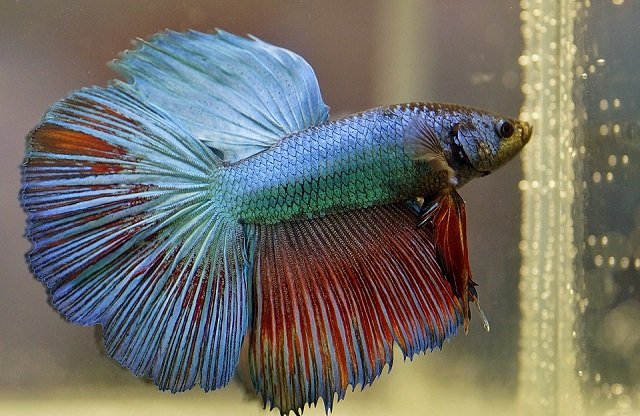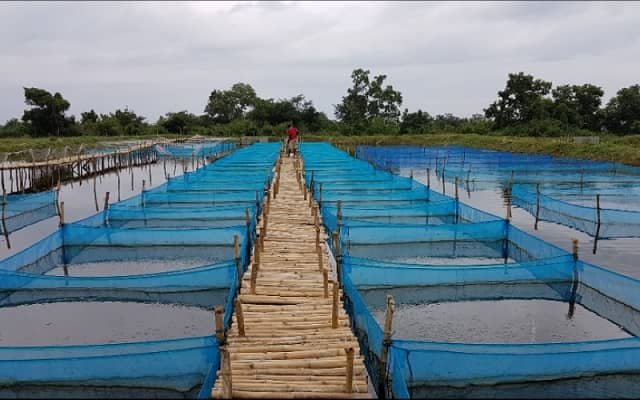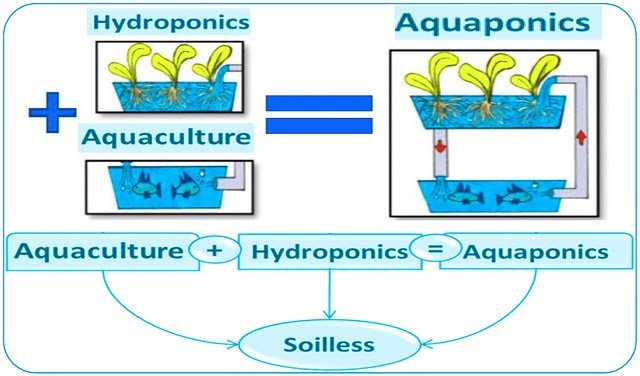
The aquaculture industry is a vital and rapidly expanding global food sector, now supplying more than half of all aquatic products for human consumption. Its growth holds great promise for achieving the Sustainable Development Goals related to food security, environmental sustainability, and economic development. However, the sector faces persistent challenges, including the management of infectious diseases, parasites, water quality problems, and managing the systemic risks associated with feed ingredients. Effective environmental governance is crucial to mitigate these risks.
While various policies and tools exist, many focus primarily on farm-level performance or compliance, often overlooking the complex interaction of actors and their capacity to drive change. To address this gap, researchers from Wageningen University, the Monterey Bay Aquarium, Aalborg University, the University of Arizona, and the University of Stirling have developed a new diagnostic tool: the Aquaculture Governance Indicators (AGI).
What is the AGI framework?
The AGI is an integrated social scientific framework designed to assess governance performance in steering aquaculture sectors towards sustainability worldwide. Developed by a multidisciplinary group of academics and experts, it offers a comprehensive view of how public regulation, private standards, and multi-stakeholder collaborations interact within a given aquaculture sector.
The AGI framework evaluates governance across four key dimensions:
- Legislation: The laws and regulations enacted by state bodies.
- Voluntary Codes and Standards: Public and private rule-setting mechanisms (like ASC, BAP, GlobalGAP) used to assess performance and certify products.
- Collaborative Arrangements: Platforms and partnerships (e.g., multi-stakeholder platforms, industry associations, joint research programs) enabling coordinated action among different actors.
- Governance Capabilities: The abilities of governing actors (farmer associations, NGOs, government departments, etc.) to identify, address, and resolve problems through reflexivity, agility, innovation drive, rescaling, and responsiveness.
These dimensions are assessed against three core governance principles:
- Legitimacy: The perceived responsiveness and acceptance of governing institutions and rules by those affected.
- Effectuation: The ability to identify and exploit collective opportunities to solve complex problems.
- Coordination: The consistency and complementarity of governing interactions in achieving shared goals.
Together, the 26 specific indicators within this structure provide a diagnostic tool to assess governance performance in any given country or sector.
Why is the AGI needed?
Existing aquaculture sustainability assessment frameworks often consider governance aspects, but primarily as inputs contributing to broader environmental or economic performance, rather than as a standalone focus. They may lack a comprehensive assessment of private governance forms or the interconnectivity between different governance elements. The AGI framework aims to fill this gap by providing an integrative perspective on the “whole of interactions” that shape sustainability outcomes.
Stay Always Informed
Join our communities to instantly receive the most important news, reports, and analysis from the aquaculture industry.
Case Study: Salmon Aquaculture Governance
To demonstrate its utility, the AGI framework was applied to analyze the governance of disease management in the Atlantic salmon industries of Norway, Chile, and Canada – three major producers facing significant disease challenges. Key findings include:
- Strong Foundation, Limited Steering: While all three countries have comprehensive state legislation related to aquaculture and disease, governance remains limited in effectively steering towards alternative solutions or mitigating persistent environmental challenges.
- Variable Role of Standards: International voluntary standards (ASC, BAP, GlobalGAP) are present but applied differently across countries, influenced by export market preferences. While relevant, their coordination with national legislation and impact on improving public environmental goals varies. Chile showed somewhat higher industry coordination around disease prevention, partly due to national codes and societal pressure.
- Collaboration Gaps: Numerous collaborative arrangements exist, including strong industry associations and state-industry research programs focused on issues like sea lice and antibiotic reduction. However, coordination between these different arrangements is often limited and fragmented. Crucially, substantive civil society input into decision-making remains limited across the board.
- Capability Constraints: The salmon industry, particularly in Norway, shows a strong innovation drive and learning capacity, often supported by the state. Yet, translating this learning into adaptive action plans faces constraints, and a lack of communication with critical NGOs hampers the ability to secure broader societal acceptance.
- Farm-Level Focus: Despite area-based management approaches in some regions, disease management remains largely focused on the individual farm level (e.g., antibiotic use, biosecurity measures). This potentially hinders opportunities for more coordinated, ecosystem-scale management strategies.
The Value and Future of AGI
The AGI framework demonstrates significant potential as a tool for:
- Systematic Diagnosis: Providing a structured way to understand how decision-making, roles, responsibilities, learning, and alignment are organized within aquaculture governance.
- Comparative Analysis: Enabling comparisons between countries, sectors, or specific issues (like disease) to identify common drivers and barriers.
- Guiding Improvement: Offering practical insights to identify strengths and weaknesses, providing input for reflection and deliberation among stakeholders (government, industry, civil society, researchers) on improving governance practices.
- Complementarity: Offering a governance-focused ‘means’ assessment that complements other ‘input’ or ‘outcome’ focused frameworks like the Aquaculture Performance Indicators (API) or SDG assessments.
Further development and application of the AGI are underway, including assessments in shrimp aquaculture and new regions like India, China, and East Africa. Research will also explore synergies with other frameworks and its potential application to broader food system governance challenges.
Conclusion
The Aquaculture Governance Indicators (AGI) provide a new and valuable framework for diagnosing the complexities of current governance systems and fostering the necessary multi-stakeholder dialogue to identify pathways for improvement. By focusing on the interactions between legislation, standards, collaboration, and capabilities, the AGI can help guide the sector towards fulfilling its potential while addressing its inherent risks.
Reference (open access)
Toonen HM, Bush SR, Ibarra R, O’Sullivan C, Hudson E, Asif F, et al. (2025) Aquaculture Governance Indicators: A diagnostic framework for steering towards sustainability. PLOS Sustain Transform 4(4): e0000165. https://doi.org/10.1371/journal.pstr.0000165
Editor at the digital magazine AquaHoy. He holds a degree in Aquaculture Biology from the National University of Santa (UNS) and a Master’s degree in Science and Innovation Management from the Polytechnic University of Valencia, with postgraduate diplomas in Business Innovation and Innovation Management. He possesses extensive experience in the aquaculture and fisheries sector, having led the Fisheries Innovation Unit of the National Program for Innovation in Fisheries and Aquaculture (PNIPA). He has served as a senior consultant in technology watch, an innovation project formulator and advisor, and a lecturer at UNS. He is a member of the Peruvian College of Biologists and was recognized by the World Aquaculture Society (WAS) in 2016 for his contribution to aquaculture.




